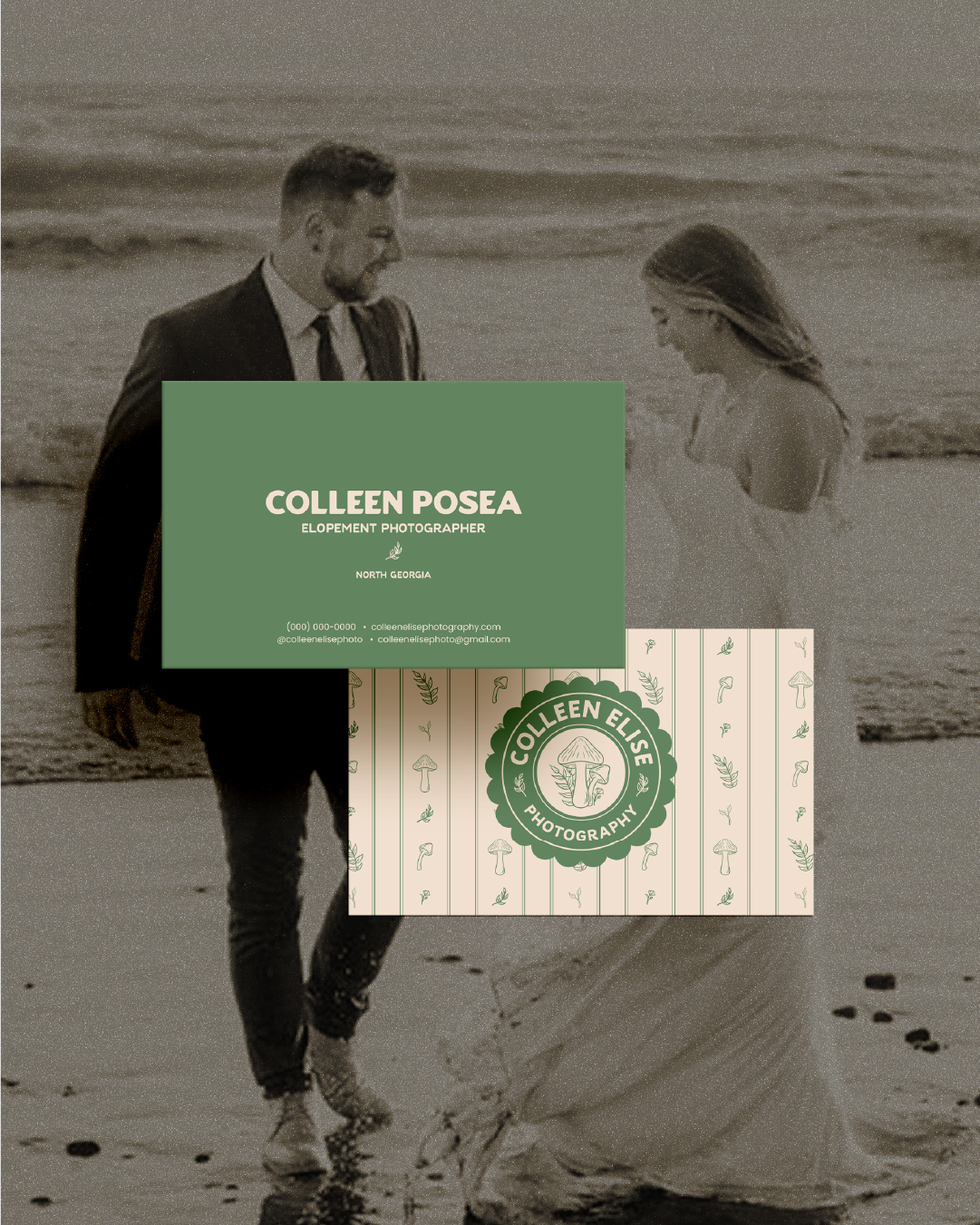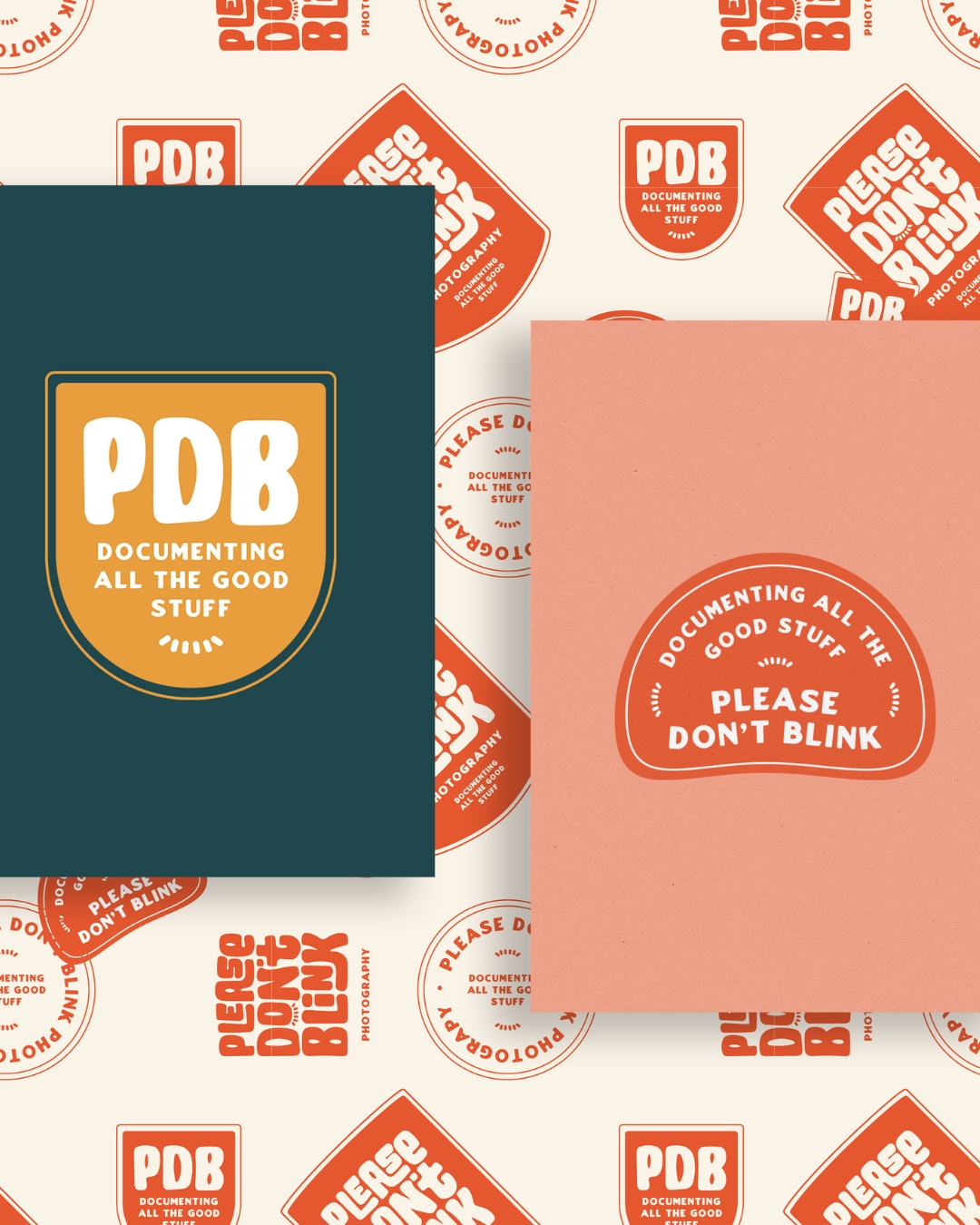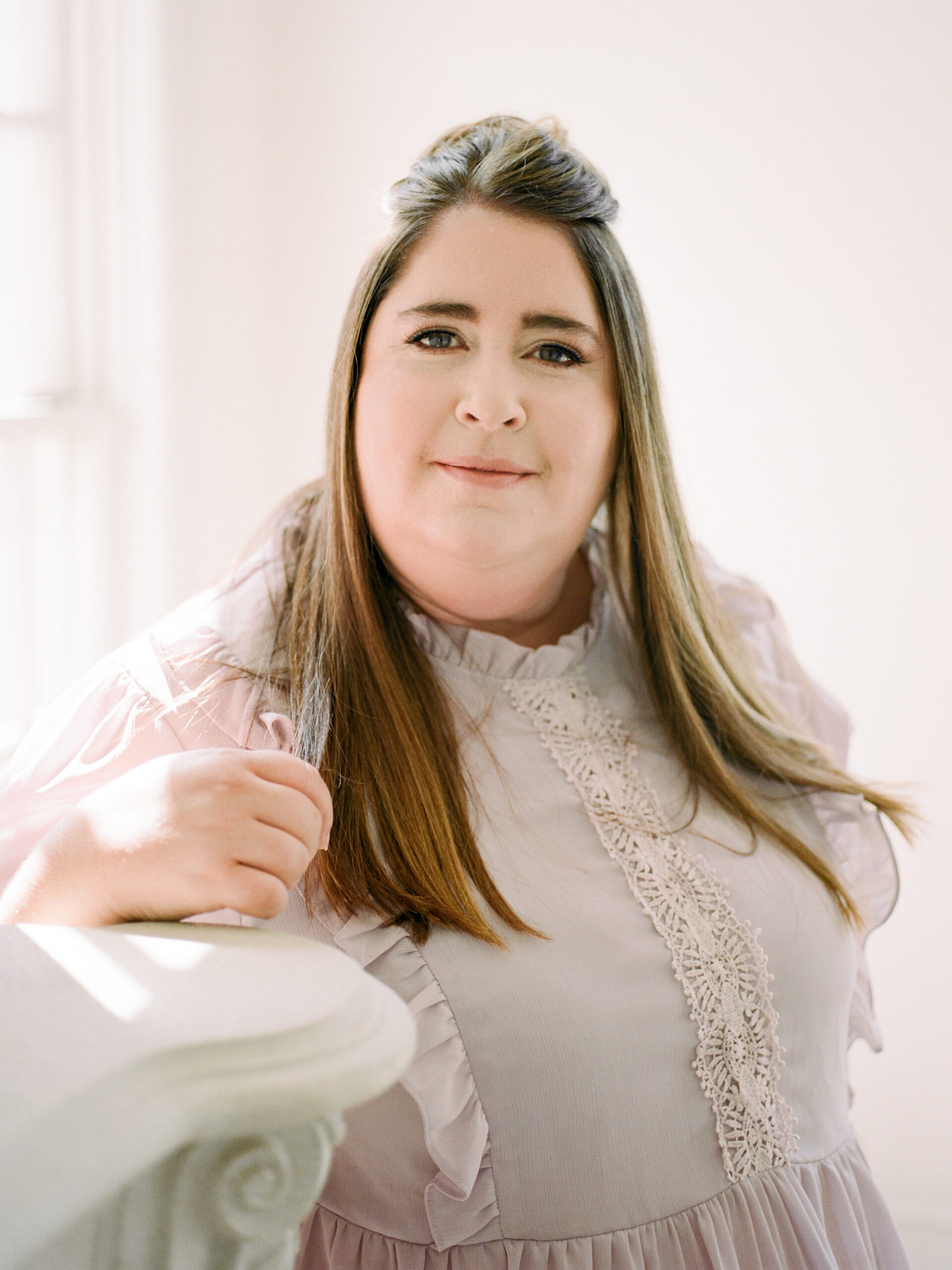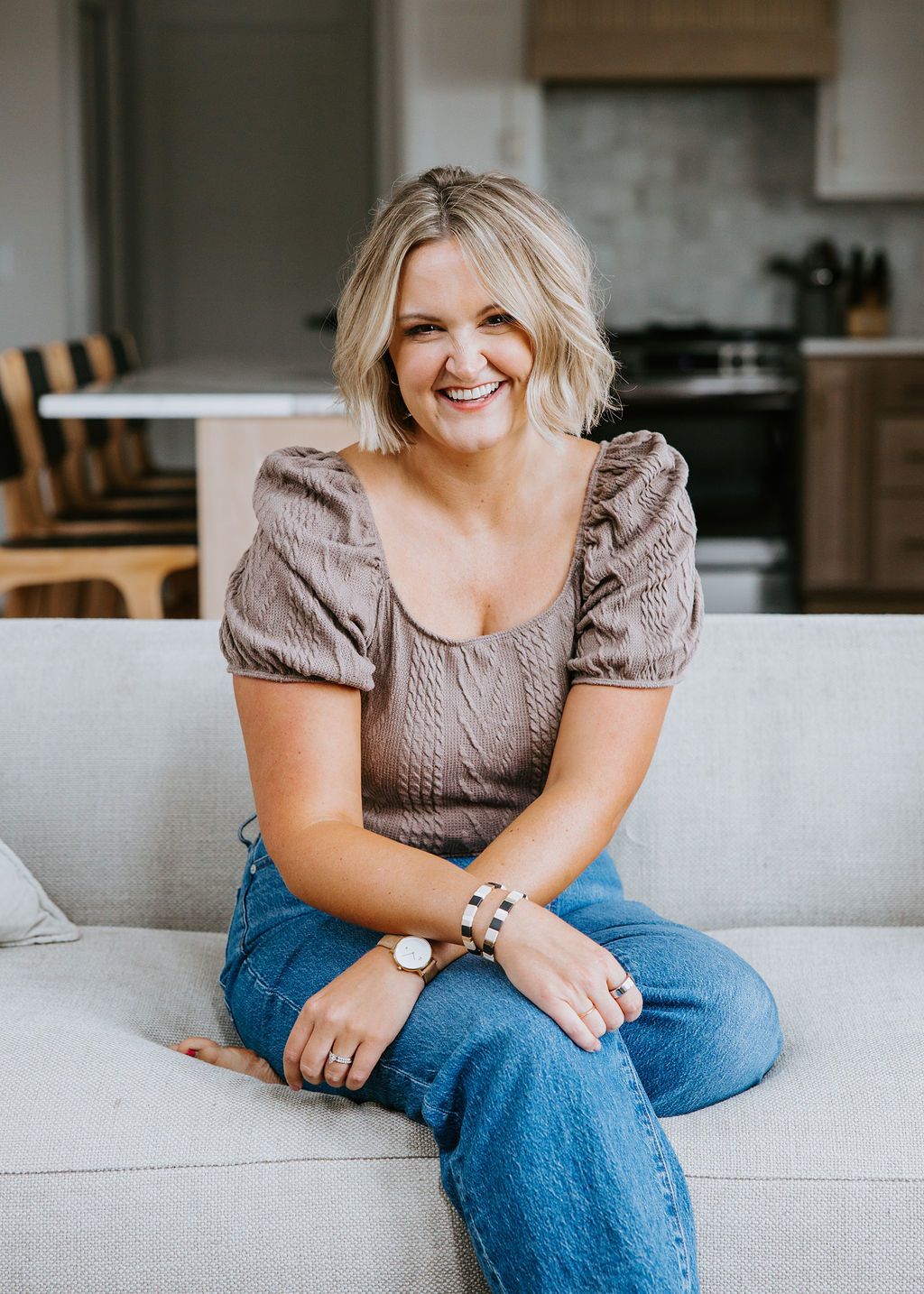While social media platforms are popular tools for connecting with audiences, they come with risks: sudden changes, outages, or even disappearing altogether. For creative entrepreneurs, an email newsletter is a must-have tool to establish an owned, reliable communication channel that fosters trust, engagement, and growth.
Check out more about how newsletters differ from email marketing, why owning your audience is critical, and how to create newsletters that inform, engage, and convert.
What’s the Difference Between Newsletters and Email Marketing?
Newsletters and email marketing are often used interchangeably, but they serve distinct purposes. Newsletters focus on delivering valuable information, updates, or insights to your audience. They’re not necessarily focused on selling, but on building trust and providing education.
Email marketing, on the other hand, is geared toward driving specific actions, like sales or event registrations. For creative entrepreneurs, newsletters are an opportunity to offer long-form, meaningful content that keeps you top of mind, without the pressure of constant sales pitches.
The Benefits of an Owned Audience
Social media can be a fantastic distribution channel, but relying solely on platforms like Instagram, Facebook, or TikTok is risky. These channels can change their algorithms, face temporary outages, or even shut down entirely. An owned audience—such as an email list—ensures you maintain direct access to your audience, even if a platform changes overnight.
One powerful reason to build an email list is that it’s more personal. Unlike social media, where users passively scroll through content, newsletters go directly into subscribers’ inboxes, a more intimate space. By opting into your newsletter, subscribers are essentially inviting you into their digital home, making them more likely to engage with your content.
The Shift Toward Long-Form Content in Newsletters
A significant trend among creative entrepreneurs is the rise of longer-form content within newsletters. Platforms like Beehive and Substack have made it easier to create newsletters that function like blogs, offering essay-style content and deep dives into topics.
This shift reflects a growing preference for content that’s not just informational but thoughtful and strategic. The key to successful long-form newsletters is resonance over reach: the content should provide genuine value, whether it’s educational, inspirational, or offers tactical advice.
Make sure every word has a purpose; readers have low tolerance for filler content and are likely to unsubscribe if your emails don’t deliver on their promises.
How to Repurpose Newsletter Content
Creating high-quality content takes time, so maximizing its reach is essential. Repurposing your newsletter content allows you to use one idea across multiple channels, saving time and ensuring consistency in messaging. For example:
- Social Media Posts: Break down longer newsletter content into bite-sized social media carousels, infographics, or captions.
- Blog Posts: Convert your newsletter into a blog post to drive organic traffic to your website.
- Podcast Scripts: Use the information from your newsletter as the basis for podcast episodes or video content.
- Website Content: Link newsletter content back to your website to improve site traffic.
The repurposing process extends the life of your content and increases its impact, allowing you to reach different segments of your audience in their preferred formats.
Tips for Creating an Effective Newsletter
- Define Your Premise: Before you start writing, decide on your newsletter’s focus. Are you sharing educational content, offering inspiration, or providing tactical advice? Knowing your goals will help guide content creation and format.
- Be Consistent: Whether you plan to send a newsletter weekly, biweekly, or monthly, consistency is key. Your audience will come to expect a regular cadence, and meeting that expectation builds trust.
- Focus on Quality Over Quantity: It’s not about hitting a word count; it’s about delivering valuable content. If you can cover a topic in 500 words, that’s better than stretching it to 1,500 words filled with fluff.
- Tailor Content to Your Audience: Understanding your audience’s preferences is critical. For example, busy parents might prefer shorter, more digestible content, while business owners may enjoy in-depth, informative articles.
- Leverage Analytics: Use metrics like open rates, click-through rates, and engagement rates to understand what resonates with your readers. Regularly clean your email list to remove inactive subscribers, which improves deliverability and ensures that your list remains engaged.
How to Get Started with Newsletters
If you’re new to newsletters, start by identifying your audience and their needs. Consider your goals: Are you aiming to educate, inspire, or drive specific actions?
Choose an email platform that aligns with your objectives. Platforms like Beehive and Substack are ideal for long-form, blog-style newsletters, while ConvertKit and Mailchimp work well for shorter, more conversion-driven content.
The Role of Consistency and Accountability
Consistency is crucial, but it should be realistic. If a weekly newsletter feels overwhelming, start with a monthly one. As you grow more comfortable, you can increase the frequency. Regular writing not only helps maintain engagement but also serves as an accountability tool for your own creativity and goals.
Are You Ready to Start Your Own Newsletter?
Newsletters are more than just a marketing tool—they’re a powerful way to build an engaged, owned audience that grows alongside your business. By focusing on high-quality content, repurposing it across channels, and staying consistent, you can create newsletters that not only engage but convert.
Start today by defining your premise, setting a realistic schedule, and building a strong foundation for your email marketing strategy.

About Alexa:
Alexa Phillips is a brand & business development strategist and writer. With almost a decade of marketing and writing experience, Alexa has worked with Fortune 500 brands, startups, and creative entrepreneurs to grow their brands through content marketing. She is the founder and Chief Brand Architect at Bright Eyes Creative, a creative studio that helps creative entrepreneurs monetize their zone of genius and creativity. She is also the author of Creatives Anonymous, a weekly newsletter that explores what it means to be a modern-day creative.
Alexa’s Link:
- Creator Brand Archetype Examples for Photographers - October 28, 2025
- Everyperson/Everyman Brand Archetype Examples for Photographers - October 9, 2025
- Jester Archetype Brands: Examples for Photographers - September 23, 2025
10/21/24
Published On:
Krystianna Pietrzak






